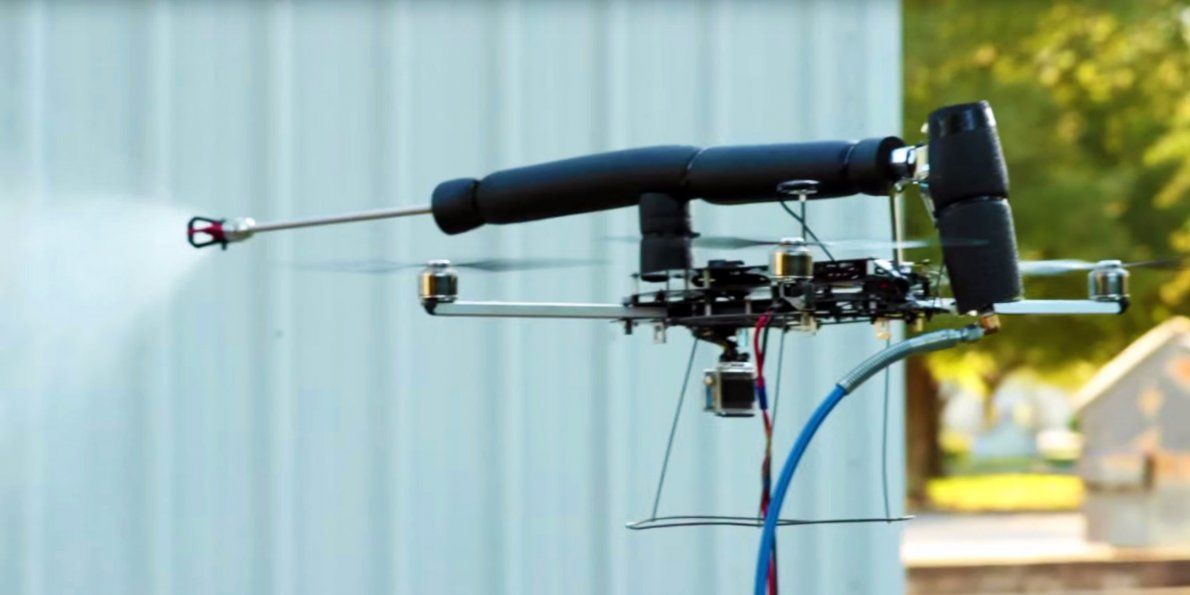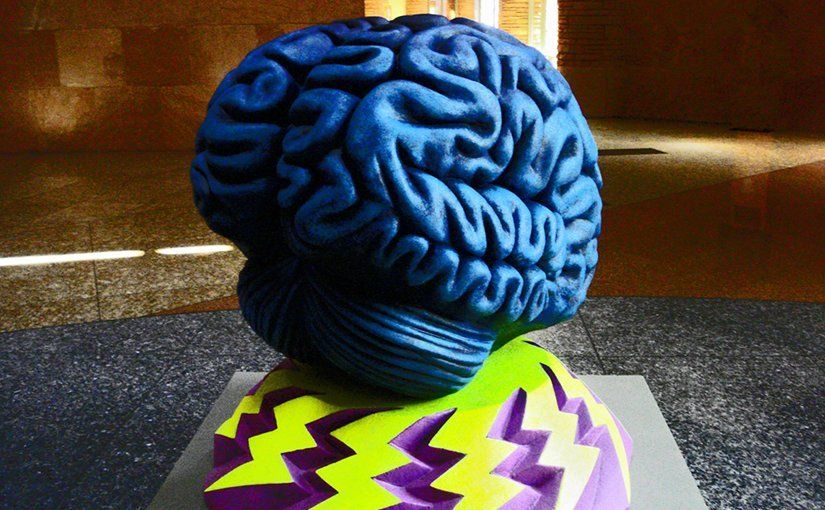Page 11311
Mar 20, 2016
Futurenews: A fun list to read
Posted by Montie Adkins in categories: life extension, Ray Kurzweil
The quest for immortality isn’t something new. Longevity and eternal youth have frequently been sought after down through the ages, and efforts to keep from dying and fight off age have a long and interesting history. Legends about such things as ‘the Elixir of Life’, universal panaceas, and ‘the Fountain of Youth’ can be found in many different cultures from around the world, and the pursuit for immortality actually seems to be as old as mankind itself. Although divided by many generations of great men, the feelings of sheer helplessness and hopelessness that Ray Kurzweil must have felt when he experienced the loss of his father, strongly resembles those of Gilgamesh, the ancient Sumerian king, when he mourned over his friend Enkidu almost 5000 years earlier. As a matter of fact, mortality has probably haunted our conciuousness since the first human in horror witnessed death; and thus realized his or her own eventual demise
Humanity has been in a bitter war with ‘the Grim Reaper’ ever since.
Mar 20, 2016
Jason Silva will inspire you with these thoughts on human advancement in the 21st century
Posted by Shailesh Prasad in category: transhumanism
Your next favorite artist, writer, or musician might be a robot.
As the gap between man and machine narrows, it becomes harder to identify what makes humans unique. Robots can perform myriad physical tasks, they can express emotions (even if they don’t actually feel them), and they can learn. So what makes humans special?
Some people think it’s the presence of a soul, though that argument invades sticky philosophical territory and can’t be empirically proven. Cynics might say humans are the only species to make and use weapons specifically to hurt others, but that’s not exactly a reason to boast. Others suggest humans are singular for their ability to make art. From the Mona Lisa to the Taj Mahal, Homo sapiens’ facility for imbuing canvas, stone, sound, and words with beauty and imagination is unparalleled.

Click on photo to start video.
This futuristic ‘vertical village’ looks like something out of Dr. Seuss.
Mar 20, 2016
Automakers agree to make auto braking a standard
Posted by Shailesh Prasad in categories: government, transportation
20 automakers that sell vehicles in the US made a pact to make automatic emergency braking system a standard feature in new cars in less than a decade.
Mar 19, 2016
The Latest Findings on Memory
Posted by Karen Hurst in categories: entertainment, neuroscience

The fact that some people remember the past as a series of episodes full of details (episodic memory), while others store in their brains the meaning of events (semantic memory), has a lot to do with the configuration of the connections in the brain, according to a recent study published in the journal Cortex. Neuroscience is deciphering the sophisticated mechanisms of human memory to explain how we file and remember information.
– Memory’s unreliable.
Mar 19, 2016
Research devises a way to track RNA in living cells through CRISPR-Cas9
Posted by Karen Hurst in categories: biotech/medical, genetics
On track to resolving defective RNA through CRISPR-Cas9.
According to a study published in journal Cell on March 17, researchers at University of California, San Diego School of Medicine, have found a way to track RNA in living cells. CRISPR-Cas9, a DNA-editing technique will be applied to target RNA in order to find cure for presently untreatable diseases such as cancer and autism.
There are many diseases that are associated with RNA behavior, which carries the genetic code from the cell’s nucleus. There was no technique found until now that could track RNA in living cells efficiently. However now, CRISPR-Cas9, which so far was only able to manipulate DNA, would now target RNA, which is also called RNA-targeted Cas9.
Continue reading “Research devises a way to track RNA in living cells through CRISPR-Cas9” »
Mar 19, 2016
Mapping Brain’s Cortical Columns To Develop Innovative Brain-Computer Interfaces
Posted by Karen Hurst in categories: computing, electronics, neuroscience
The EU-funded COLUMNARCODECRACKING project has successfully used ultra-high fMRI scanners to map cortical columns, a process that opens the door to exciting new applications, such as brain-computer interfaces.
Cortical columnar-level fMRI has already contributed and will further contribute to a deeper understanding of how the brain and mind work by zooming into the fine-grained functional organization within specialized brain areas.
By focussing on this, the project has stimulated a new research line of ‘mesoscopic’ brain imaging that is gaining increasing momentum in the field of human cognitive and computational neuroscience. This new field complements conventional macroscopic brain imaging that measures activity in brain areas and large-scale networks.
















